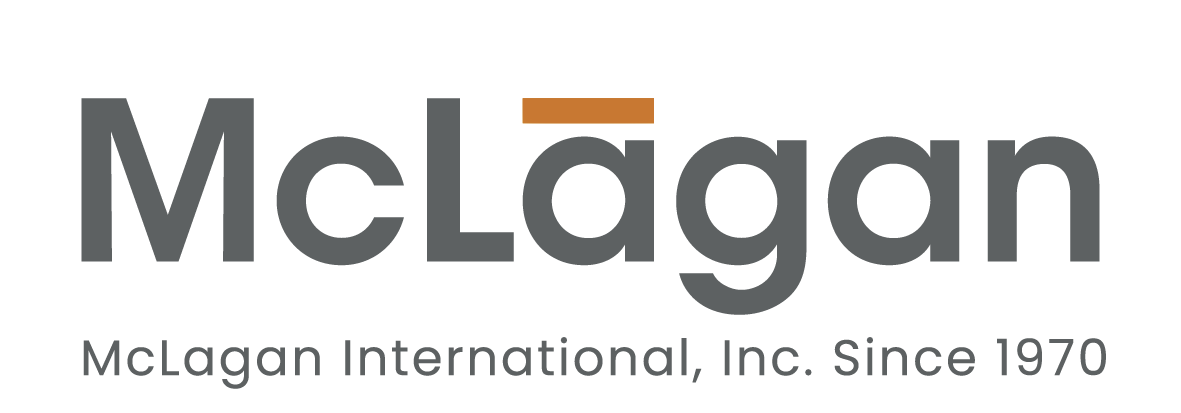NUGGET: Approach changes, problems, and opportunities from a perspective that is larger than what is immediately in front of you.

Many changes fail because they were not planned from a broad enough perspective and without enough concern for unintended consequences.
It’s always interesting to see how people view the boundaries of a decision or problem. How big is it? Some only look at the immediate issue and the individuals immediately involved in it. Others focus on a work group. Still others look for causes and solutions at the level of a business unit or the organization itself. In the business environment, some increasingly look for causes and solutions beyond traditional boundaries: are the answers and opportunities somewhere in the supply chain and even with the customer.
Zooming out to the bigger picture may be difficult for people who see the world primarily in terms of functions (sales, engineering, service, HR, etc.), levels (executives, supervisors), or specific solutions (ERP). The way organizations are structured and organized contributes to this kind of myopia. It is also difficult for people who want a quick fix and are willing to step outside the problem for a while to see what is really going on. But without taking the bigger picture into account, decisions and actions may fail, be more costly to fix later, or even have damaging secondary effects (unintended impacts that economists call “externalities”). All of this is in the category of “common sense but not common practice,” making it even more important to focus on.
Most decisions and actions deserve at least a passing nod to what author Frank White called, “The Overview Effect.” He coined the term after he heard about astronaut Ron Garan’s description of the Earth from space. The Overview Effect refers to the unique and different perception of reality that occurs when we view the whole vs. the parts:
“When we look down at the earth from space, we see this amazing, indescribably beautiful planet. It looks like a living, breathing organism. But it also, at the same time, looks extremely fragile .… it’s really sobering to see this paper-thin layer and to realize that that little paper-thin layer is all that protects every living thing on Earth from death, basically. From the harshness of space.” Astronaut Ron Garan
Another story makes the point: remember the blindfolded people touching an elephant? Each had a different view of the elephant based on what they touched – a tail? a trunk? ears? feet? tusks? an expanse of wrinkled material? Remove the blindfolds and see the elephant. Now all the parts make sense in a larger context. It’s all about perspective.
So, before coming to conclusions or proposing any solutions, be sure to look at the bigger picture. Review the value network/supply chain from the customer back through the major transformations that lead to a final product or service. Think about the variety of elements that influence how things will work, drawing on the 7S framework (strategies, structures, systems, style, skills, staffing, superordinate goals) offered years ago as a quick analysis framework by Athos and Pascale in The Art of Japanese Management.
The lesson is to approach changes, problems, and opportunities from a perspective that is larger than what is immediately in front of you – something easier to do if you involve people with different perspectives and from different levels. Doin this inevitably leads to a better understanding of causes, creates a broader range of action options, and results in solutions that have a better chance of success with fewer unintended negatives.
This may be obvious and a reminder of what you already know. But it’s a change management imperative that is frequently ignored:
NUGGET: Approach changes, problems, and opportunities from a perspective that is larger than what is immediately in front of you.
________________
We invite you to share this article with others in your network.
Email patmclagan@mclaganint.com to request future blogs sent directly to you!


0 comments on For Sustainable Change, Lift Up Your Perspective!